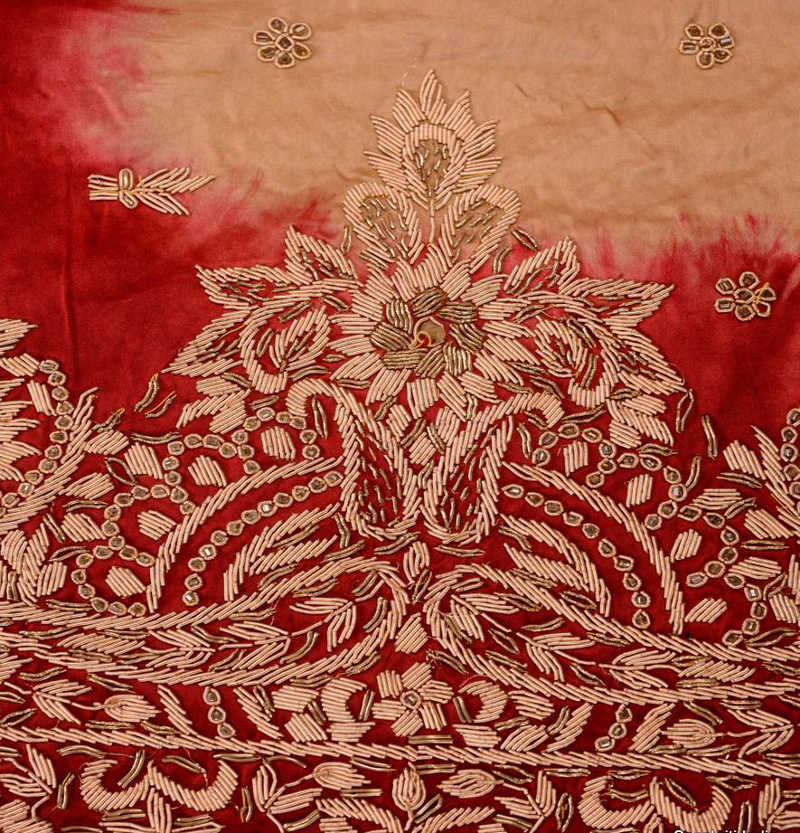===
0386,
3
===

=== |
 |
FWP:
SETS
MOTIFS
NAMES
TERMS == THEMEThe basic conceit is that the dark spot in the center of the tulip is a 'wound'. For more on this, see G{33,1}.
Note for grammar fans: I had been strongly inclined to read laalah to instead of laalah tuu in the second line. But I was curious about the grammar, so I consulted SRF. He replied emphatically (May 2016):
Arey yar there's no way to read to here instead of tuu . For to is an affirmative intensifier or a conditional intensifier. It is always followed by a result, or a 'but':
mai;N to maar kar us kaa mu;Nh to;R detaa magar....
mai;N to kisii kii baat bardaasht nahii;N kar saktaa .
kuchh bhii ho jaa))e mai;N to chup to rahuu;Ngaa .
mai;N to .zaruur boltaa lekin vahaa;N suntaa kaun hai .
vuh to chale gaye hote lekin saamaan nahii;N taiyaar thaa .You can see that there's no way the line can be read as anything but addressing the laalah .
I had of course been thinking of the more general uses of to , the cases in which it means something like 'then'. I was taking the line as something like 'To whom, then, is the tulip showing its scar?' But SRF obviously finds that idea overextended. I'm including his examples here just to show how he thinks most centrally about to .